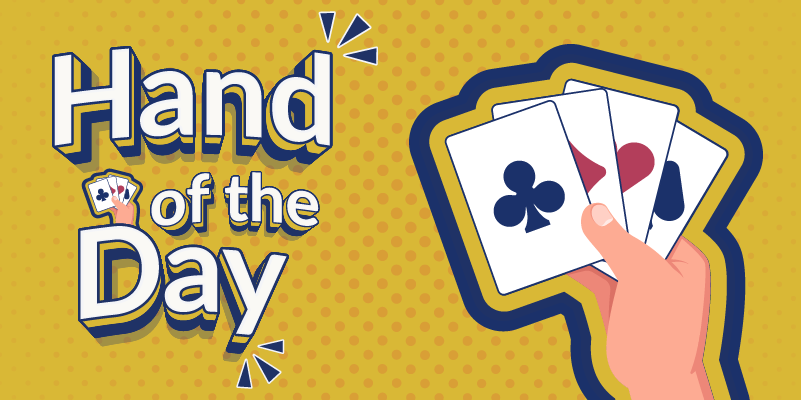



The Aces On Bridge by Bobby Wolff
In today's deal from a team game, South misjudged both the play and the result that would come through from the other table.
Opening Lead: ♦J
In four hearts on the lead of the diamond jack he put in dummy’s queen. East won the trick and astutely shifted to a spade at trick two. That set up the setting trick for the defenders.
At the scoring-up, when his teammates called out minus 620, South asked suspiciously if West had a led a spade to trick one, or if East had forgotten to shift to a spade at trick two after a diamond lead. East-West denied the charges, and South asked exasperatedly how game had been allowed to make.
Patiently West explained that their declarer had drawn the correct inference at trick one that West would not be leading from the K-J-10 of diamonds with what was surely a safer or equivalent holding in spades, his partner’s suit. Thus East had the diamond king and nothing else. So South found the imaginative play of ducking the first trick in dummy. If East also ducked this, declarer could establish a club as a discard for his spade loser at his leisure, and East could not overtake the lead without setting up the discard at once.
Note that if declarer plays the diamond ace from dummy at trick one, West can underlead in diamonds to East at his next turn, and the defense will still have time for the spade shift.
Bid with the aces
Answer: Pass
Since you are facing a passed hand and a partner who could not or did not redouble one diamond, game seems highly unlikely to make. With a balanced hand, and no reason to believe that spades is the wrong strain for your side, it looks right to pass now. While bidding one no-trump may get you into a slightly better strain, it also runs the risk of getting you into a much worse one.
This Hand of the Day was originally published on aces.bridgeblogging.com.



